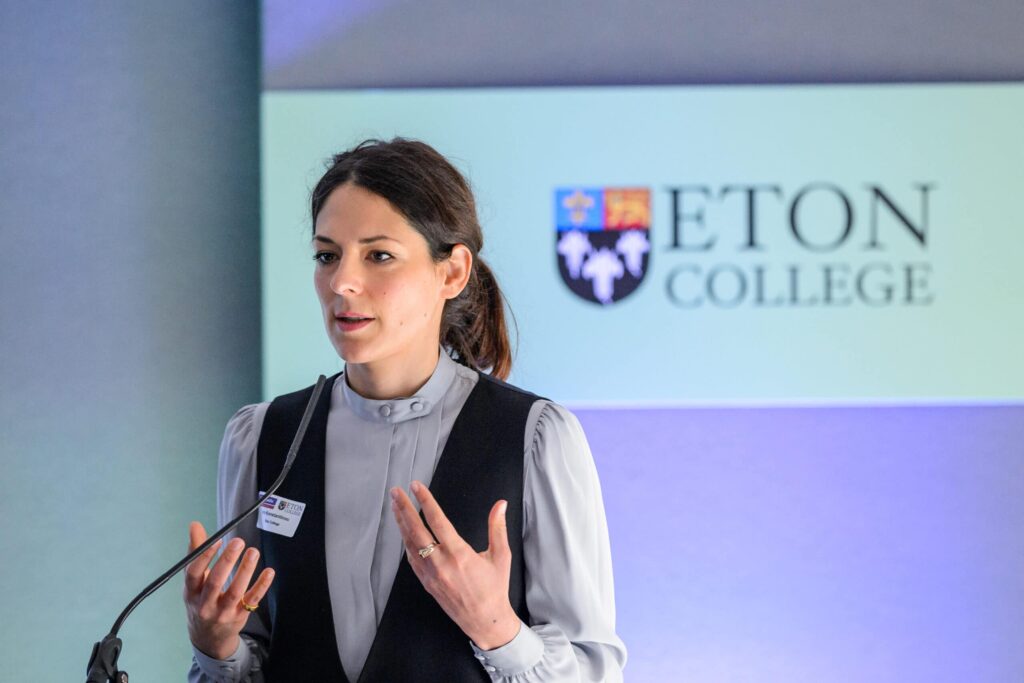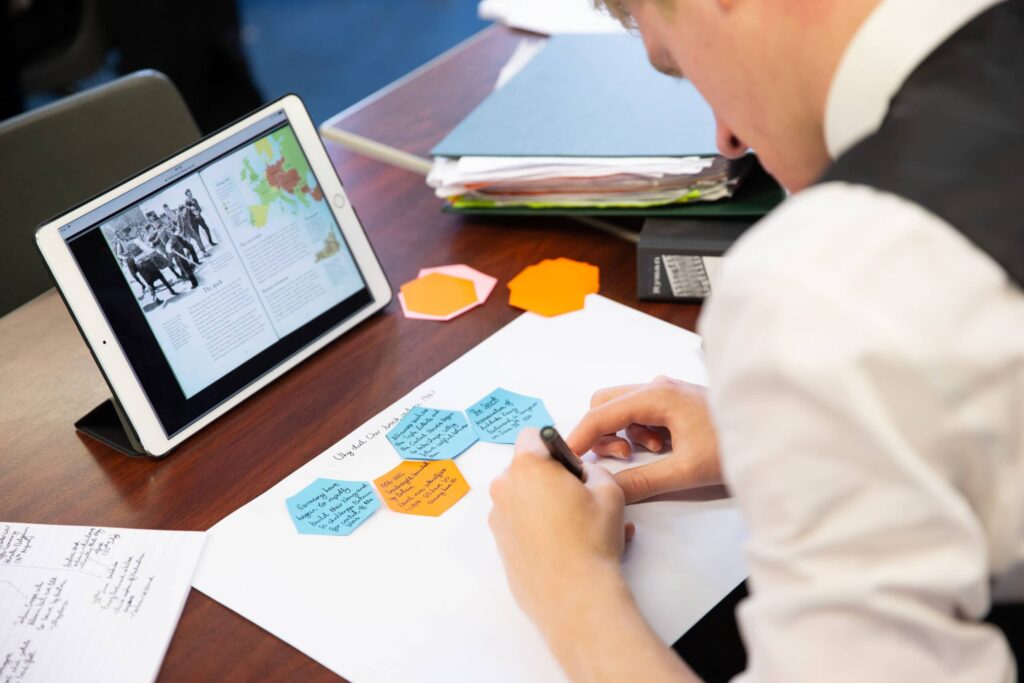Continuing from our previous post here are some ideas for reporting which is effective and can lead to academic development and overall progress, without being conflated with testing.
- Perhaps the most comprehensive work on reporting on students has been conducted by Guskey. The work of his research team focuses on the fact that when teachers assign report cards to students, generally they tend to combine academic achievement with other sources of information related to students’ behaviours, attitudes, work habits, attitudes, study skills, and effort (Guskey et al., 2010). This runs the risk of inaccurately representing a true picture of students’ academic proficiency. Guskey et al. (ibid.) suggest that there need to be standards-based approaches to reporting which will alleviate the above problem. This will compel teachers, as they suggest, to distinguish product, process, and progress criteria.
- Product criteria reflect academic achievement and performance;
- Process criteria reflect how students reached the level of achievement. This typically reflects work habits, study skills, class behaviours or effort;
- Progress criteria reflect how much students gain from their learning experiences or how much improvement has been made.
The pilot scheme introduced in the Commonwealth of Kentucky, utilising the criteria mentioned above was overwhelmingly positively received. Since this was run via a software programme, the only considerations which were expressed involved the streamlining of how the software was used.
- The Australian government, based on their Education Act 2004, reported that effective reporting procedures should:
- reflect the integrated nature of assessment and reporting
- be based on valid and reliable assessment
- be efficient and manageable
- support student learning and enhance student motivation and commitment to learning
- enable schools and parents to develop effective partnerships to support the learning of students
- enable students to participate in the reporting process and hence encourage them to take responsibility for their learning provide detailed, explicit and comprehensible information about what students have achieved to date
- allow planning for each student’s or students’ future learning development
- reflect student achievement in relation to the curriculum, both academic and non-academic
- utilise a range of reporting strategies, to suit the needs of the school community
- be inclusive and provide reasonable accommodations to ensure students and parents with special needs have access to appropriate reporting strategies
- protect the privacy of individuals.
- Nagy (2016) provides several case studies where reporting was divided under separate criteria. These included:
- attitude and behavior;
- diligence and application;
- engagement and focus;
- persistence and determination.
Even though the exact criteria need not be the same as those cited above, there is a need for a division between academic achievement and behavior. The case studies mentioned by Nagy provide distinct criteria, categorized within an Effort Tracking Rubric (see figure 1). From qualitative data taken both from teachers and students they seemed to consider vital to have clear goals which would provide points for improvement. With regards to what was expected from students and their self-assessment there was no rubric; there were explanations of what the different areas they were reported on entailed, and they were asked to write their reflections on each one. As all of the data was given online, with students, teachers and parents having access, there only needed to be face-to-face meetings if there was great divergence in what the teachers and the students had written.




